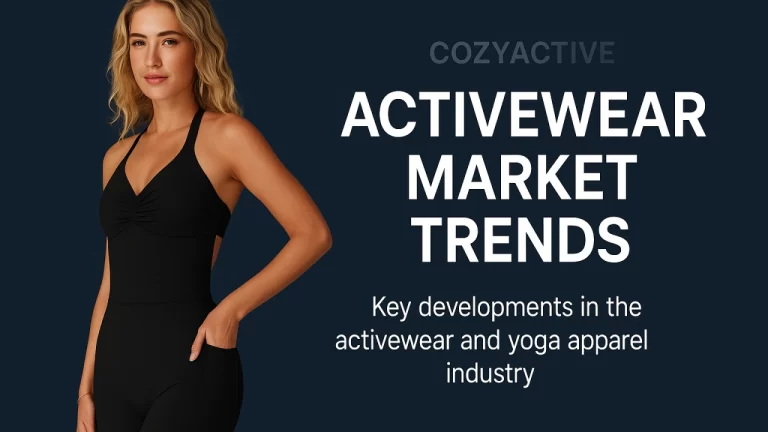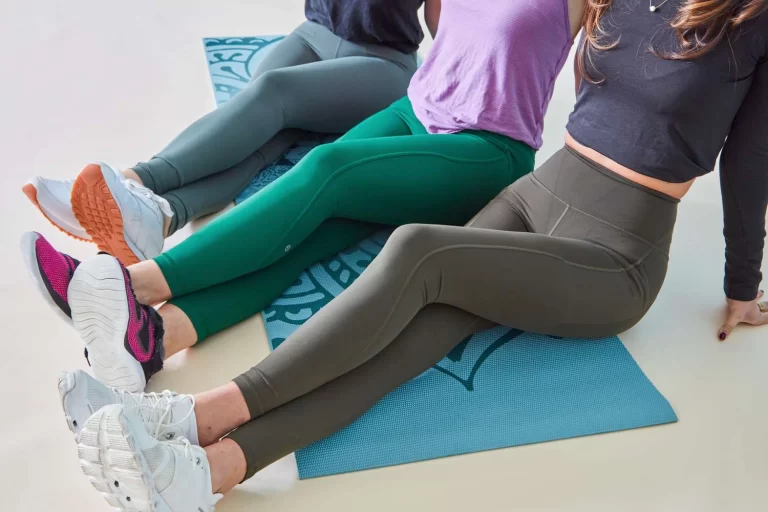Call Us At +86 17381572955
Nylon vs Polyester: Which is Better for Activewear?
Nylon and Polyester both are synthetic fibers widely used in activewear, but they different in performance, feel, and sustainability. In this article we will talk about Nylon and Polyester and help you choose the right activewear for you.
The Difference Between Nylon and Polyester
For most activewear, polyester is generally better than nylon due to its superior moisture-wicking, quick-drying, and UV resistance properties. While nylon offers excellent strength and softness, polyester’s ability to handle moisture and dry quickly makes it more suitable for activewear, especially during intense workouts and in humid conditions.
Nylon and polyester each have distinct advantages when it comes to activewear.
Nylon is known for its soft, smooth hand feel and excellent elasticity, making it naturally stretchy and comfortable. However, it absorbs more moisture and dries slower than polyester. It also has weaker UV resistance and can age more quickly. While nylon offers a premium feel, it tends to cost slightly more, and its lower resistance to mildew may not be ideal in humid conditions.
Polyester, on the other hand, is more functional and cost-effective.
It has a stiffer, drier texture, but it excels in UV protection, durability, and moisture resistance, making it better suited for outdoor and high-performance wear. It also dries quickly, is naturally mildew-resistant, and is more eco-friendly thanks to recyclability options like rPET. Additionally, it’s cheaper and more widely available, making it a popular choice for large-scale production.
Practical Application of Nylon and Polyester
When it comes to designing performance apparel and functional textiles, choosing the right fabric is critical to product quality and user experience. Although both nylon and polyester are synthetic fibers, they serve different purposes depending on the use case-each offering distinct advantages.
Applications for Nylon
Thanks to its soft touch, skin-friendly feel, excellent elasticity, and high abrasion resistance, nylon is widely used in the following areas:
- High-Intensity Activewear: Perfect for yoga leggings and compression pants, nylon offers superior stretch and a form-fitting silhouette that enhances support and shape.
- Intimate and Next-to-Skin Garments: Its softness makes nylon ideal for sports bras and underwear, providing comfort during movement.
- Swimwear: Treated high-grade nylon resists chlorine and fading, maintaining stability and appearance even with prolonged exposure to water.
- Outdoor Gear: With its exceptional tear strength and durability, nylon is commonly used in backpacks, raincoats, and tents designed for rugged outdoor use.
Applications for Polyester
Known for its quick-drying performance, lightweight feel, UV resistance, and cost efficiency, polyester is the go-to choice for:
- Running and Gym T-Shirts: Offers excellent moisture-wicking and fast-drying features that enhance workout comfort.
- Team Sportswear: Popular in football and basketball apparel for its durability, easy care, and resilience after frequent washing.
- Outdoor Functional Wear: Its natural resistance to UV rays and mildew makes polyester (rPET) made from plastic bottles, balancing sustainability with affordability.
If you’re looking for a soft, high-stretch fabric with a luxurious feel, nylon is your best bet. For moisture control, breathability, and sustainability, polyester is the smarter option. In practice, many brands combine nylon or polyester with spandex to achieve a perfect balance of elasticity and performance.
Summary: How to Choose the Right Fabric?
Choosing between nylon and polyester ultimately depends on your brand’s priorities and product goals. Here’s a quick guide:
If you’re looking for a soft, second-skin feel with high elasticity or aiming for premium, next-to-skin product quality, nylon is the better fabric choice. On the other hand, if your priority is fast-drying, UV-resistant, and eco-friendly performance or you’re working with a lower production budget, polyester is a more suitable and cost-effective option.
Whether you’re creating high-end yoga leggings or launching an affordable activewear line, selecting the right fabric is key to performance and customer satisfaction.
Need help sourcing the best fabric for your activewear brand?
At CozyActive, we specialize in high-performance, custom-made activewear suing top-grade nylon and recycled polyester blends. Contact us today for expert advice, free fabric swatches, or a tailored manufacturing solution.



